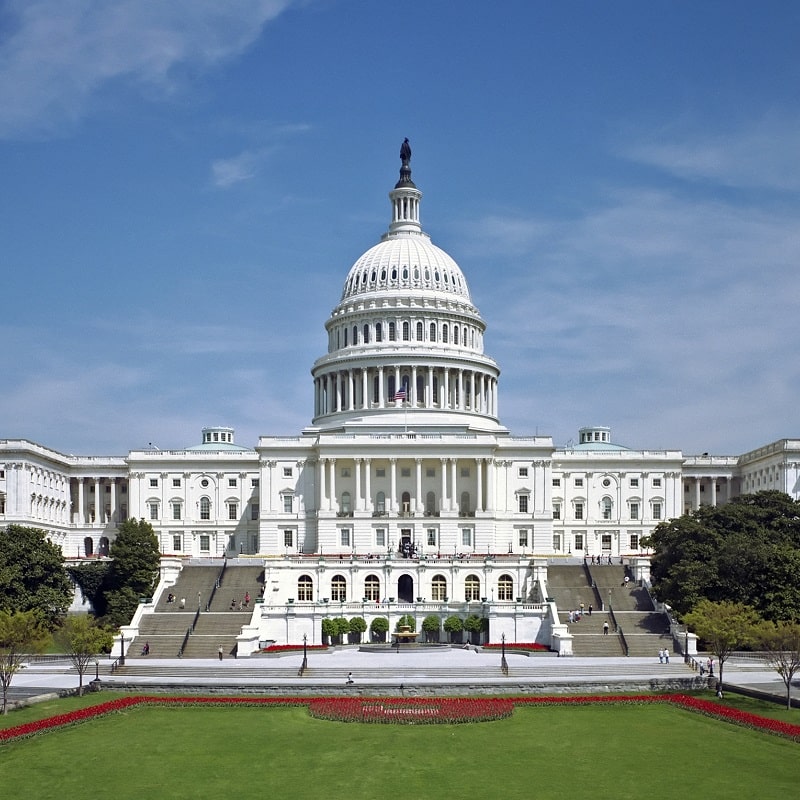 The Number Of Patients And Large Growers Drops In Oregon
The Number Of Patients And Large Growers Drops In Oregon
Three months ago I wrote an article analyzing the statistics of the Oregon Medical Marijuana Program (OMMP). The statistics are updated by the Oregon Health Authority, formerly called the Oregon Department of Human Services quarterly. It’s that time of year again to take a look at what statistical trends are occurring in the OMMP. For the first time that I’ve ever seen, numbers are down. I’m not sure if there’s been a dip before, but since I’ve been following them, they have always gone up.
There are two main factors that have contributed to the decrease in number of patients, as well as the number of medical marijuana gardens in Oregon that serve multiple patients. The first reason is the increase of the OMMP fee from $100 to $200. You get a discount if you’re on the Oregon Health Plan, but not all of the people that need the discount are able to get enrolled in the Oregon Health Plan for a multitude of legitimate reasons. The price spike simply made it un-affordable for some patients to stay enrolled. Also, the initial fee isn’t the only one. There are fees every time you turn around now, to change a caregiver, or to move and address. Those costs add up, which is something that the Oregon legislature failed to realize when they proposed the fee hike.
The second reason for a drop in numbers is the constant harassment from the federal government, which was led by then federal prosecutor and now Oregon Attorney General Candidate Dwight Holton. Last fall, Holton led a DEA effort to attack and destroy medicine being grown for medical marijuana patients in Southern Oregon. DEA agents swooped in, destroyed the plants and took property to be seized under federal forfeiture laws. Many growers were unable or unwilling to try again after the traumatic experience. Hundreds of patients had to go without medicine. I don’t blame them for not wanting to renew their cards after that, or for others that weren’t involved that didn’t want to renew their cards for fear of the same thing happening to them.
An article that appeared in the Seattle Times stated that Dwight Holton’s replacement, U.S. attorney for Oregon Amanda Marshall, “is not willing to say the raids led to the decline in big medical marijuana gardens. She said the federal government is keeping up the pressure being exerted in Oregon and other states that have made marijuana legal for medical purposes.”
The article went on to say, “She is now focused on the rising number of medical marijuana dispensaries, which are not specifically authorized in Oregon. Since June the number of dispensaries identified by federal agents in Oregon has jumped from 70 to 170, she said.”
“We are identifying dispensaries that are selling marijuana,” Amanda Marshall told the Seattle Times said. “Then we are making sure they have adequate notice and an opportunity to do the right thing. Then we are moving forward to complete the investigation where they haven’t chosen to do the right thing.” With an attitude like that out there, I wouldn’t be surprised if more law abiding medical marijuana patients in Oregon were reluctant to re-new their cards when they expire. It’s a shame that another federal prosecutor was installed in Oregon so that politicians can trample on state’s rights and patient’s rights in order to pursue a failed policy.
Below are some interesting statistics provided by the Oregon Health Authority, via the Associated Press:
Oregon Health Authority figures show the number of patients dropped 5 percent from 58,311 on Oct. 18 to 55,167 on April 1.
The agency’s figures show the total number of grow sites is largely static at about 35,500.
But the number of sites for one patient grew by 5 percent, from 24,052 to 25,241.
Meanwhile, the number of sites serving five or more patients dropped 26 percent, from 1,694 to 1,258.
The decline was even bigger for sites serving 10 or more patients. It went from 241 to 153, a drop of 36 percent. For sites growing for 15 or more patients, it went from 53 to 24, a drop of 55 percent.









